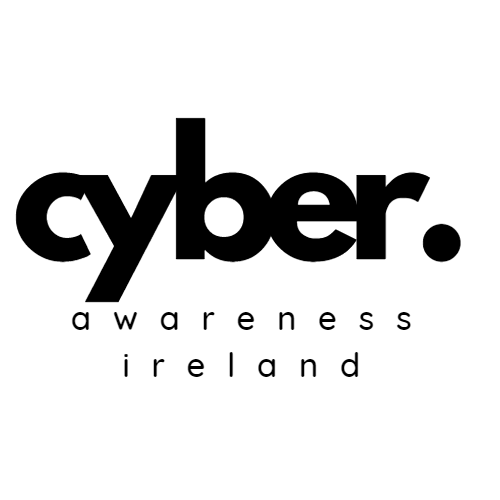From Clicks to Culture: The Evolution of Cybersecurity Awareness and Training
Cybersecurity awareness has come a long way — from boring click-through training to behavior science, phishing simulations, and now AI. But the journey hasn’t always been smooth.
We started with rules and reminders. Then we moved into testing. Then we got a bit more human. Now, we’re finally starting to measure what matters.
Here’s a look at how cybersecurity awareness has evolved — and where it’s heading.
Phase 1: The Checkbox Era 2000s–early 2010s
This phase was all about compliance.
Annual e-learning modules: generic, long, and forgettable
Policy reviews: click to acknowledge, forget by lunch
Posters and slogans: “Think Before You Click” was everywhere
No measurement of impact — just “did they complete it?”
Awareness wasn’t strategic. It was mandatory. And people hated it.
Phase 2: Enter Phishing Simulations Mid-2010s
Then came phishing simulations. Finally, something that tested real-world behavior.
Fake phishing emails to test click rates
Metrics: opens, clicks, reports, failures
Still often punitive: “You clicked, now redo the training”
Awareness months and campaigns became more common
It was a step in the right direction — but still mostly surface-level.
Phase 3: Behavior Takes Center Stage Late 2010s–early 2020s
Security teams started to get serious about psychology.
Gamification: quizzes, leaderboards, badges
Creative formats: escape rooms, scavenger hunts, table-top exercises
Microlearning: short, targeted lessons in the flow of work
Nudges: reminders at the moment of decision-making
Science-backed learning: applying memory, motivation, and habit formation
We finally started treating people like learners — not liabilities.
Phase 4: Human Risk Management 2020s–Present
We’ve stopped asking “did they complete the training?” and started asking “did their behavior change?”
Human Risk Management (HRM): risk reduction over awareness
Behavioral KPIs: MFA use, password hygiene, phishing reporting
Security culture frameworks: measuring beliefs, norms, and behaviors
Adaptive training: personalized content based on risk profiles
Security champions: local advocates building security into culture
Culture observability: using surveys and signals to track security mindset over time
This is where it gets real — and measurable.
Phase 5: Culture and Resilience (Emerging Now)
As organizations mature, cybersecurity is no longer just about risk reduction — it’s about resilience.
We’re beginning to understand that culture isn’t what people know, it’s what people do under pressure.
Embedding security as a core organizational value, not a function
Shifting from “awareness campaigns” to continuous engagement
Measuring psychological safety, trust, and empowerment as culture indicators
Viewing mistakes as learning opportunities, not punishable offenses
Building resilience through shared responsibility and open communication
Framing security as everyone’s responsibility, integrated into how work happens
Culture and resilience go hand in hand.
A resilient security culture doesn’t eliminate mistakes — it recovers from them faster, learns deeply, and adapts continuously.
This phase is about human sustainability: making sure people, not just systems, are equipped to handle change, complexity, and crises.
Phase 6: AI, Privacy, and the Human-in-the-Loop (Next Phase)
AI is already transforming how we work — but it’s also creating new risks.
People using AI tools without knowing what LLMs are
Sensitive data pasted into chatbots
No clear boundaries, rules, or education
Fear-driven adoption campaigns: “Use AI or be left behind”
We’re repeating old mistakes — forgetting to teach the basics again.
But this time the stakes are higher.
The tech is faster.
The risks are fuzzier.
And the need for education, literacy, and governance is more urgent than ever.
AI awareness, AI digital literacy, and AI governance must now become part of every organization’s culture — not as add-ons, but as integral parts of how people work, learn, and think.
So What?
We need to treat people as people.
Security awareness isn’t about compliance anymore. It’s about behavior, culture, and resilience and keeping up with emerging technology and trends.
That means:
Designing learning like educators
Nudging behavior like behavioral scientists
Measuring risk like analysts
Building culture like brand experts
Leading like change managers
Cybersecurity is human. And if we keep evolving our approach, humans will be the reason it works — not the excuse when it fails.

